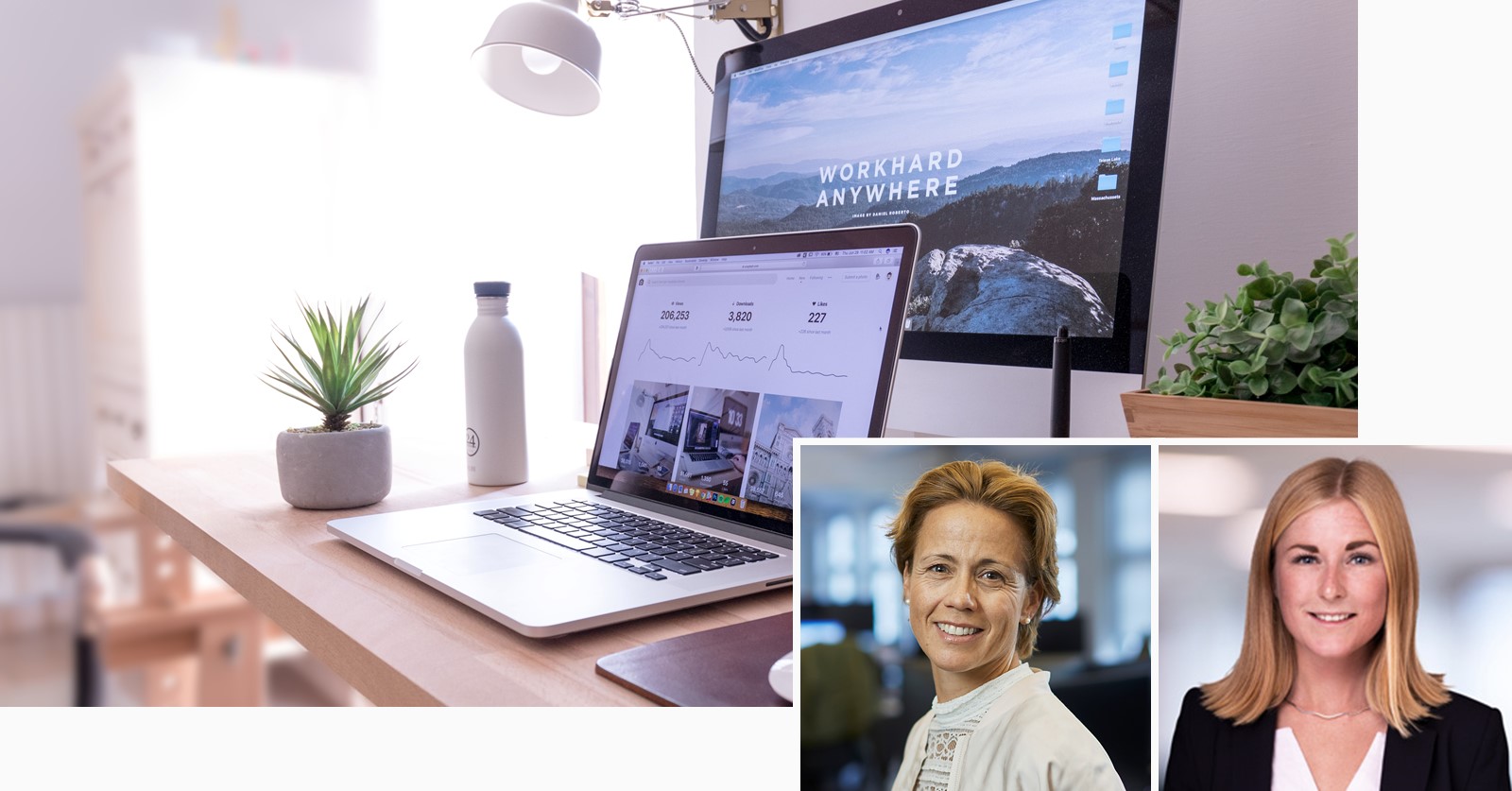Humans generally do not like change - still some of the most significant changes any of us have seen in a lifetime have happened this year. The question is, when some degree of normality returns, which of those changes will be sustained and which will be put aside. This is particularly relevant for how we work and the places we work. What will our future workplaces look like, and to what degree will working from home become commonplace?
Most people have found working from home highly productive – it is quite clear that employees will expect more of their corporate workplaces in the future.
Free from distractions
Number one on the agenda will be the ability to work without distraction. This contradicts the general view in the media that the future office will be for collaboration only. Demand for rooms (allocated offices or ‘on demand’ rooms) and other places where deep focus work can occur may increase. Protocols about how and when we interact and disrupt one another may change. Working from home should not have to be the only place that a person can work without distraction.
Community and collaboration
Equally important will be the role of the office in supporting activities and tasks that are not suited to a virtual environment; building community and relationships, collaboration, expressing corporate culture and facilitating learning. Do not assume that working from home will only be about focused work and office work will only be about collaboration. Both these critical work activities will need to be well supported at home and at the office.
One size fits nobody
What may disappear from some offices are the rows of open workstations. The activities usually performed in these “one size fits nobody” workplaces are the most likely to be transferred to the home office. Future offices will see community space, collaborate and creatives spaces, as well as places to work that are secluded and aimed at deep focus tasks.
Expect to see more desk sharing. As work becomes more transient and can happen anywhere, it will no longer make sense to have dedicated workplaces in an office for people who are rarely there.
Casual and informal. More technology.
People may also influence a transitioton to a more casual culture, more domestic/less corporate environment where technology plays an important role. Multi-participant video calls have created a new and more equal dynamic about how we meet and interact; this may change how, when and why we use rooms in our future offices.
It is clear that the technology platform that exists in most organisations today enables most of us to work with geographic freedom. But just because people can work from home doesn’t mean that they should work from home, or will work from home.
Home office preferences. Investigate, not assume.
It would be dangerous to make decisions today that generate a need to enforce people working from home in the future because they have run out of office space. Still many organisations are making some “big bets” right now based on fairly limited information.
Organisations need to be careful not to over assume the space efficiency savings of introducing working from home policies. Workplace capacity is determined by the peak number of employees expected in the office on a particular day. If no structure or system is put in place to ensure that approximately the same number of employees come to the office each day, then peak attendance may not vary very much from what it is today, and the consequent savings would be minimal.

